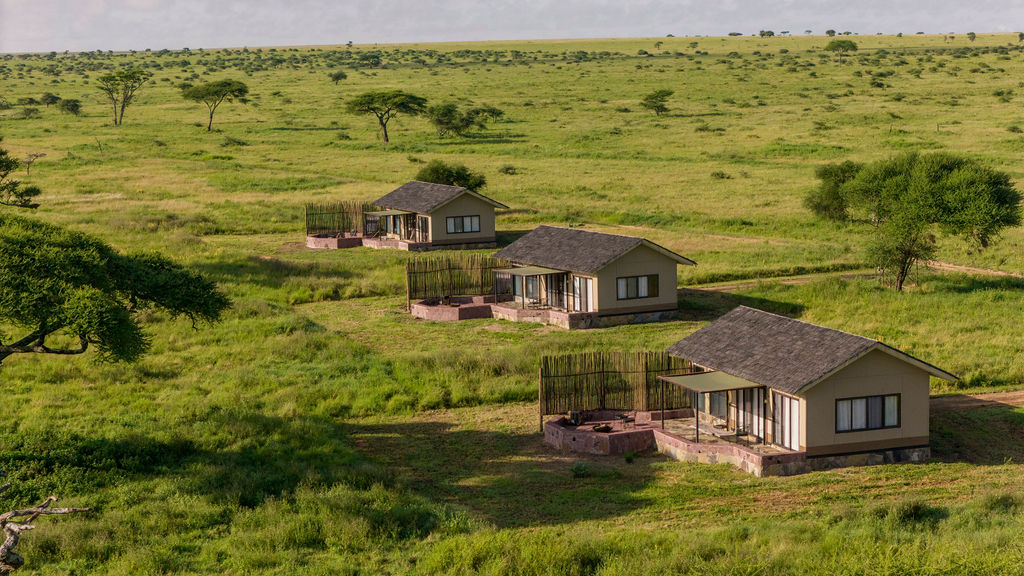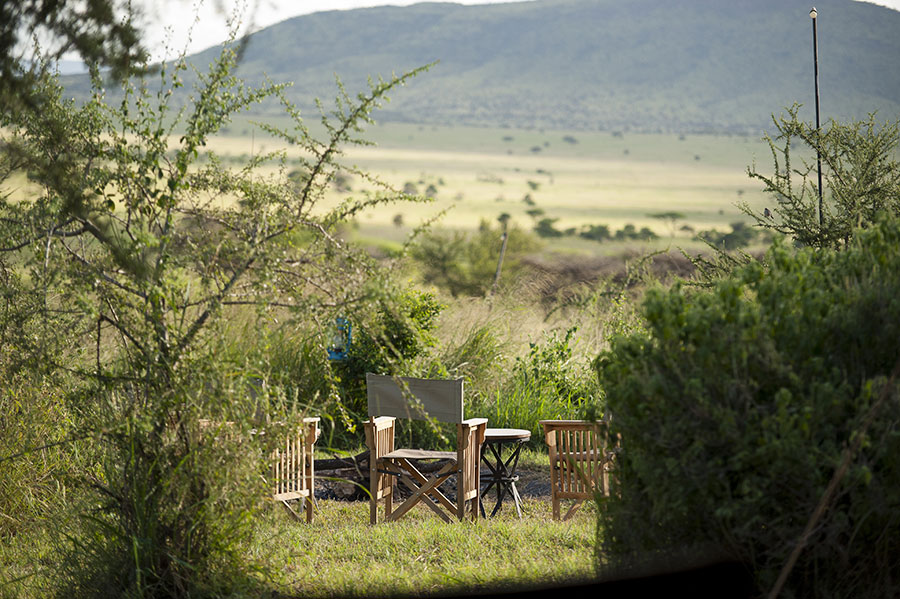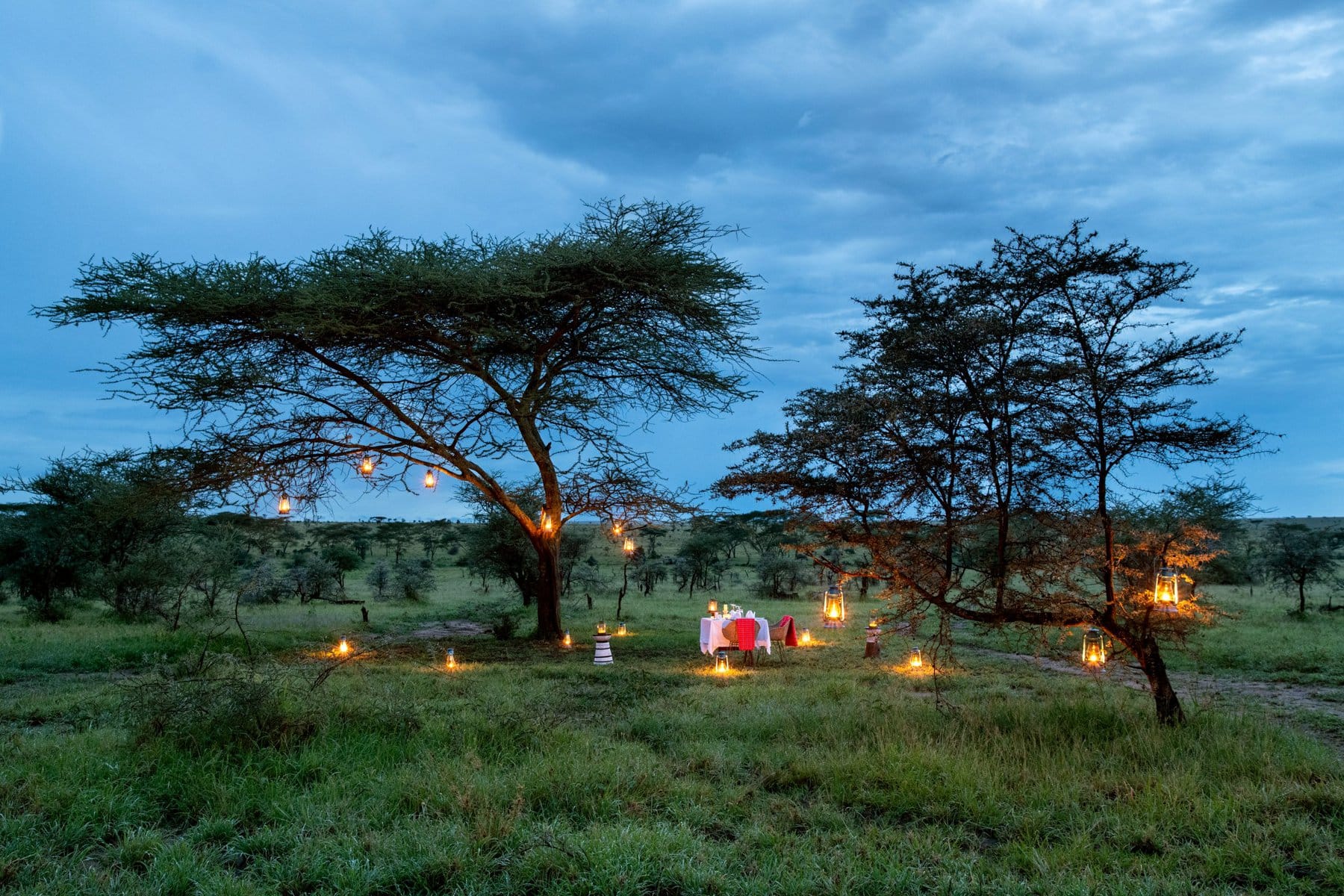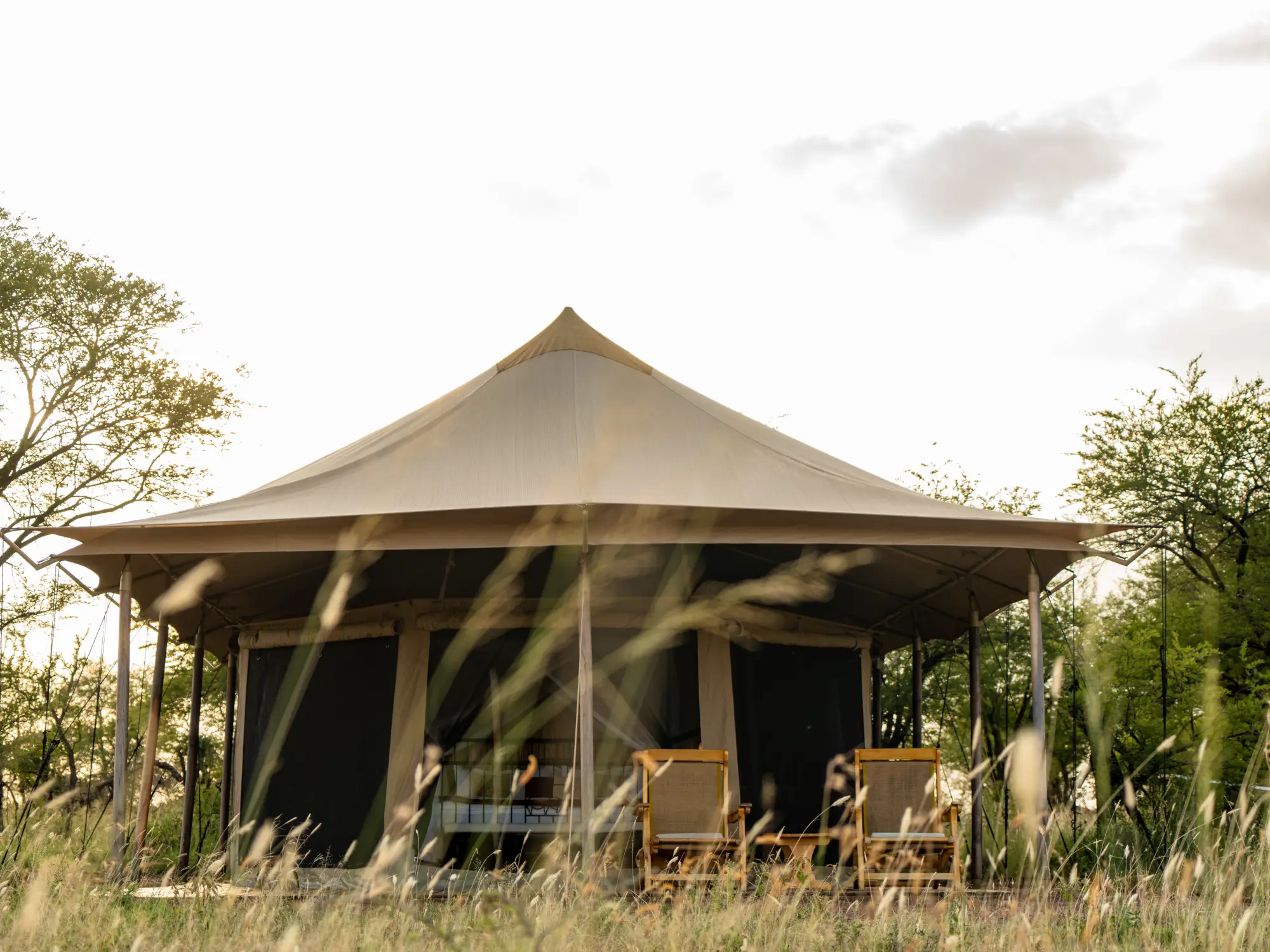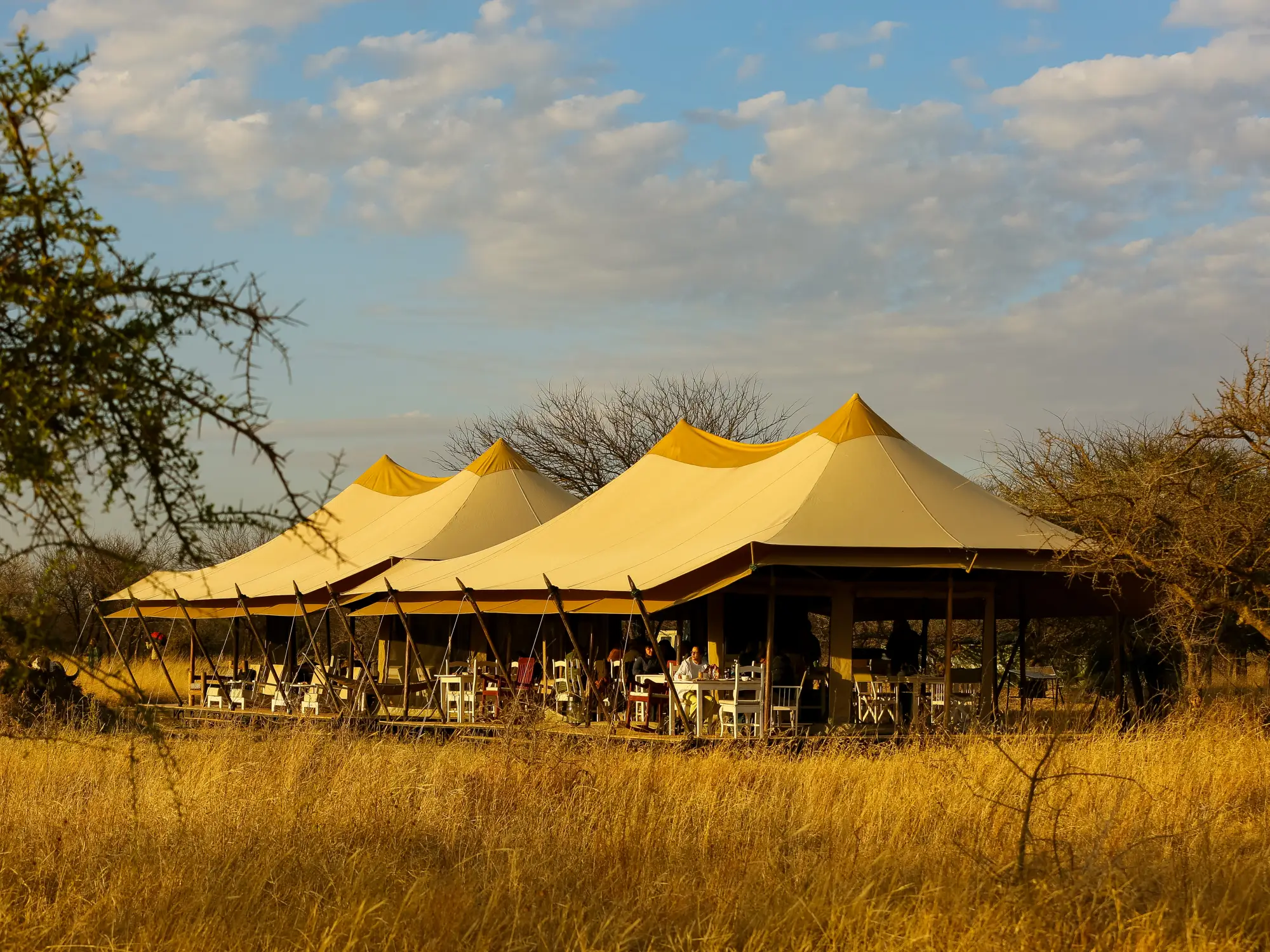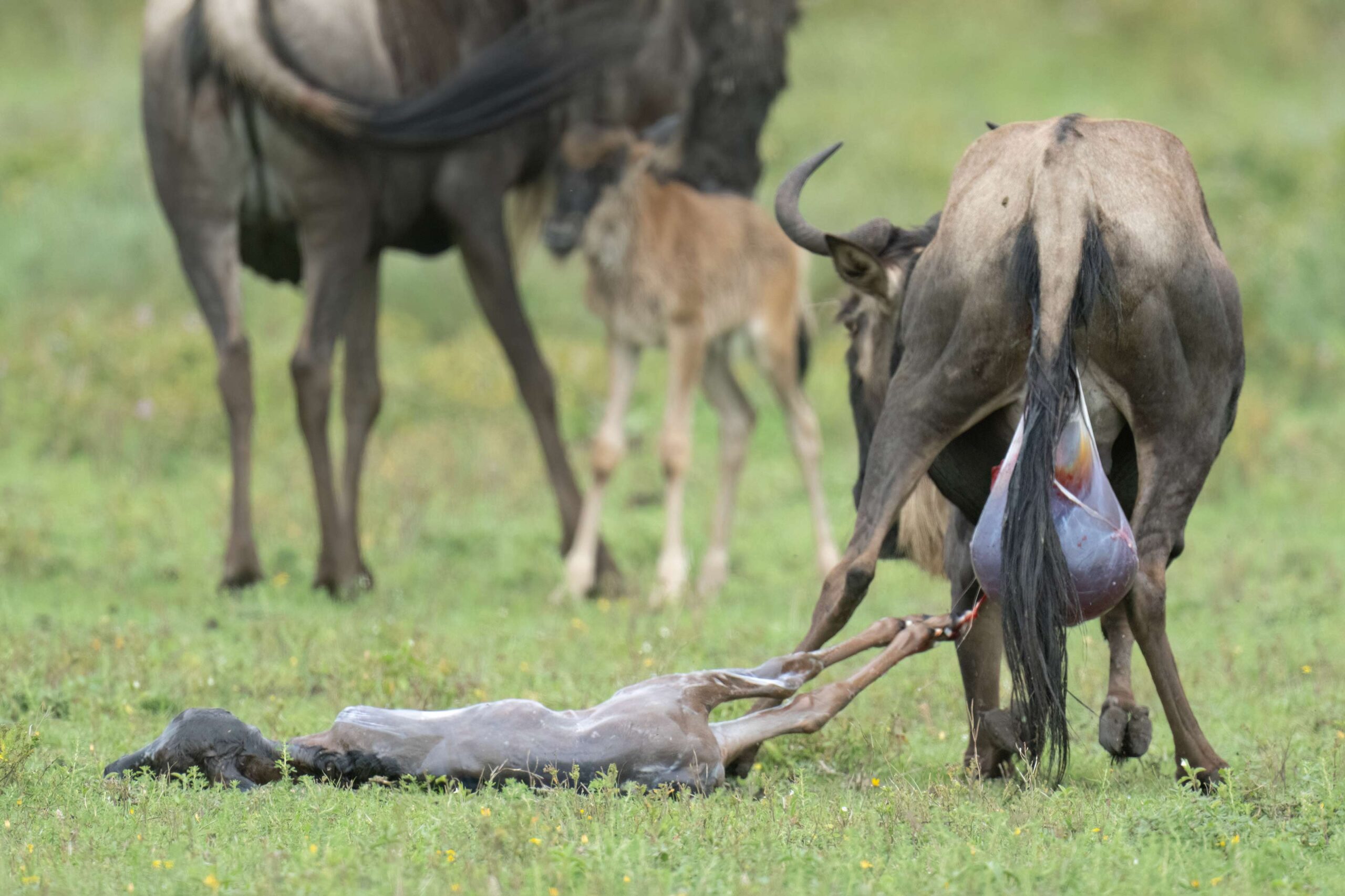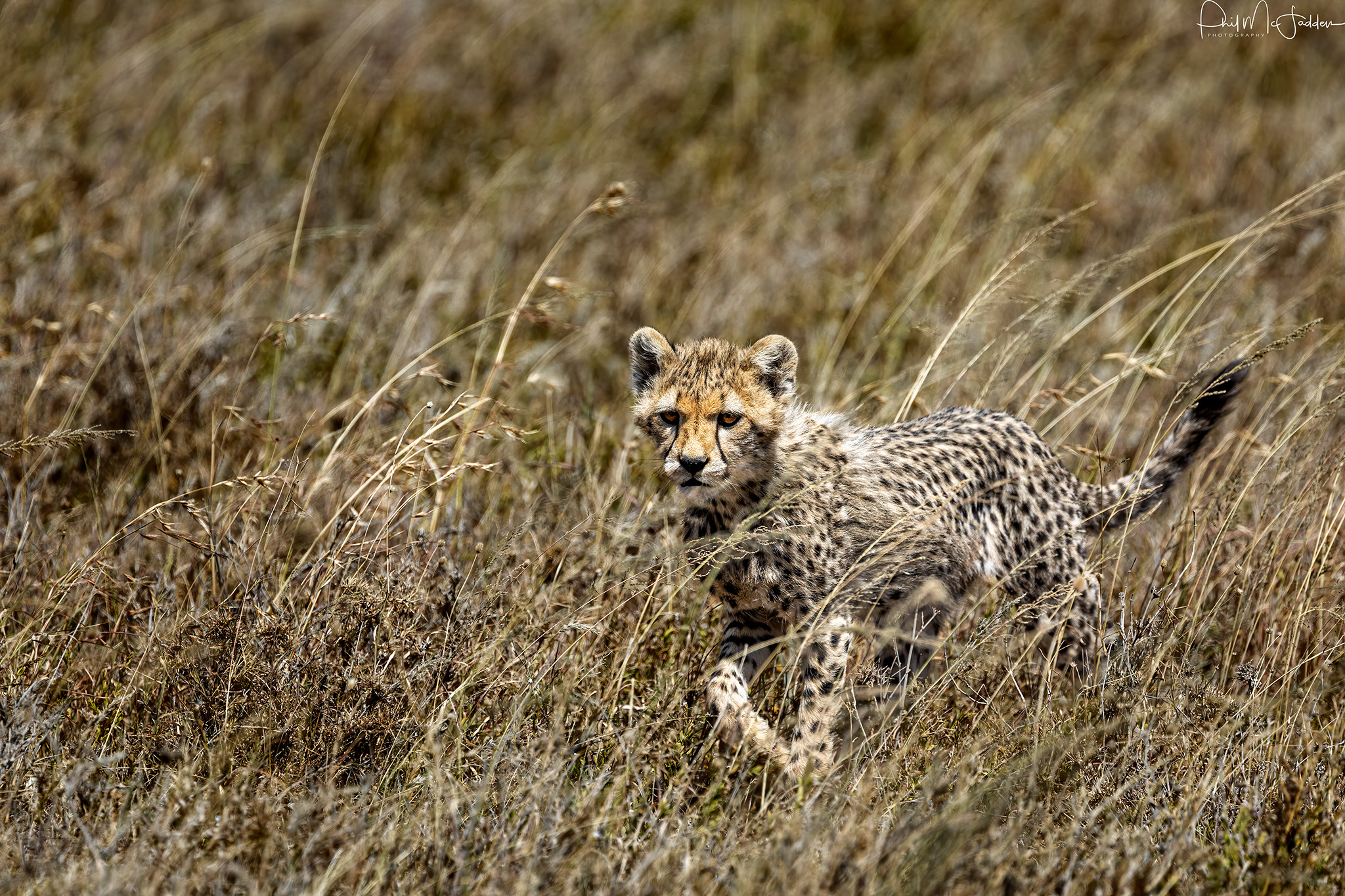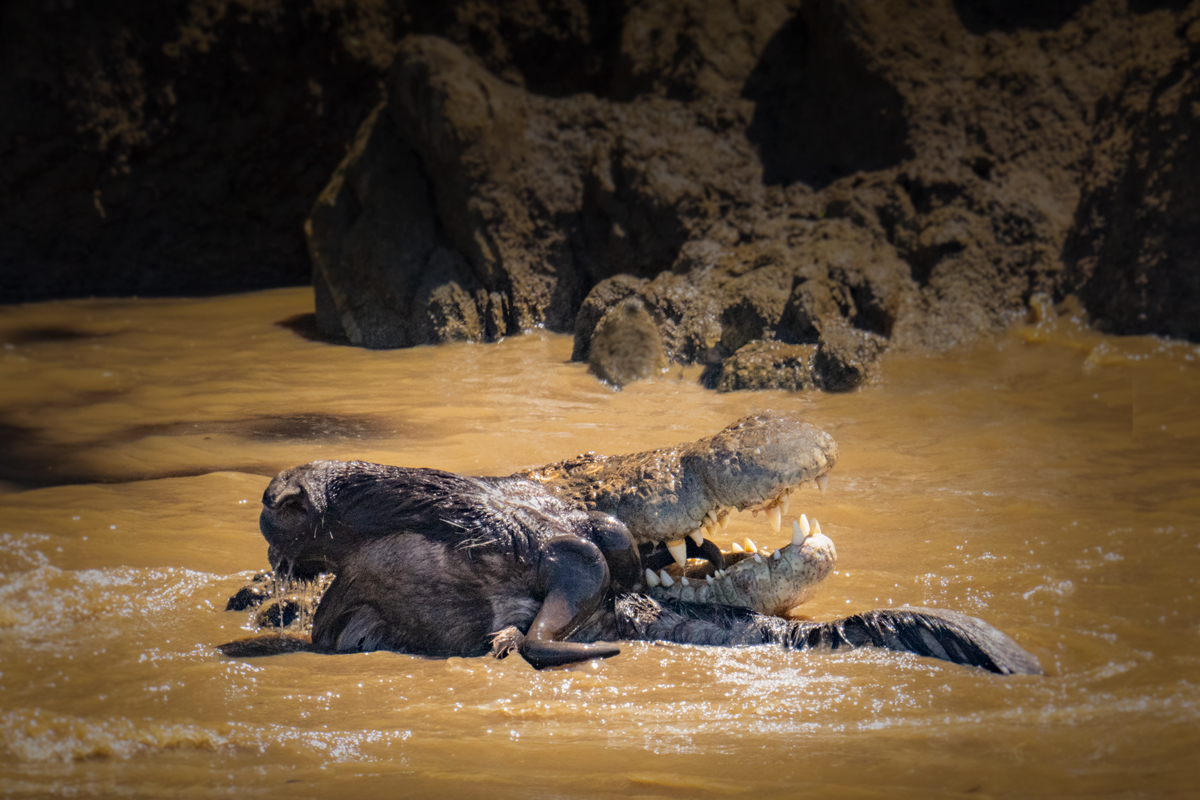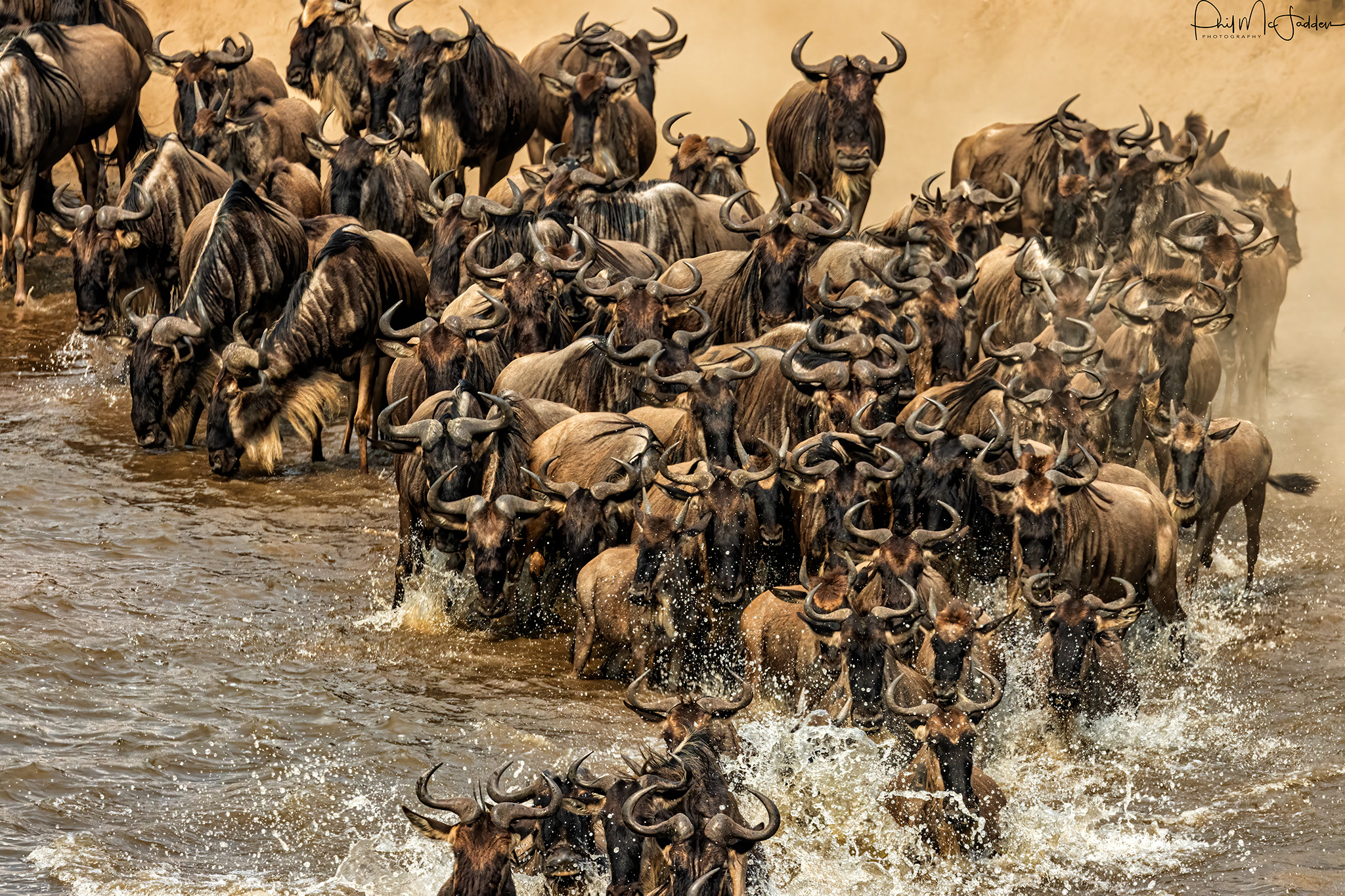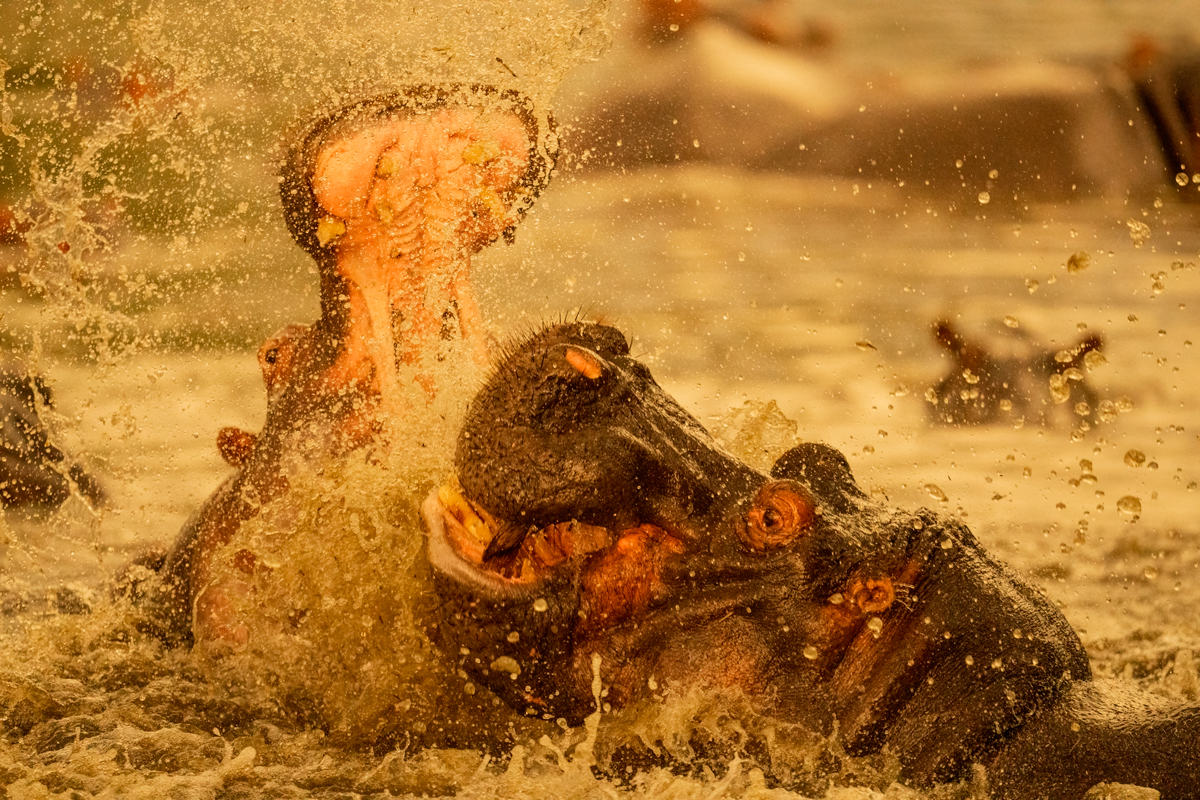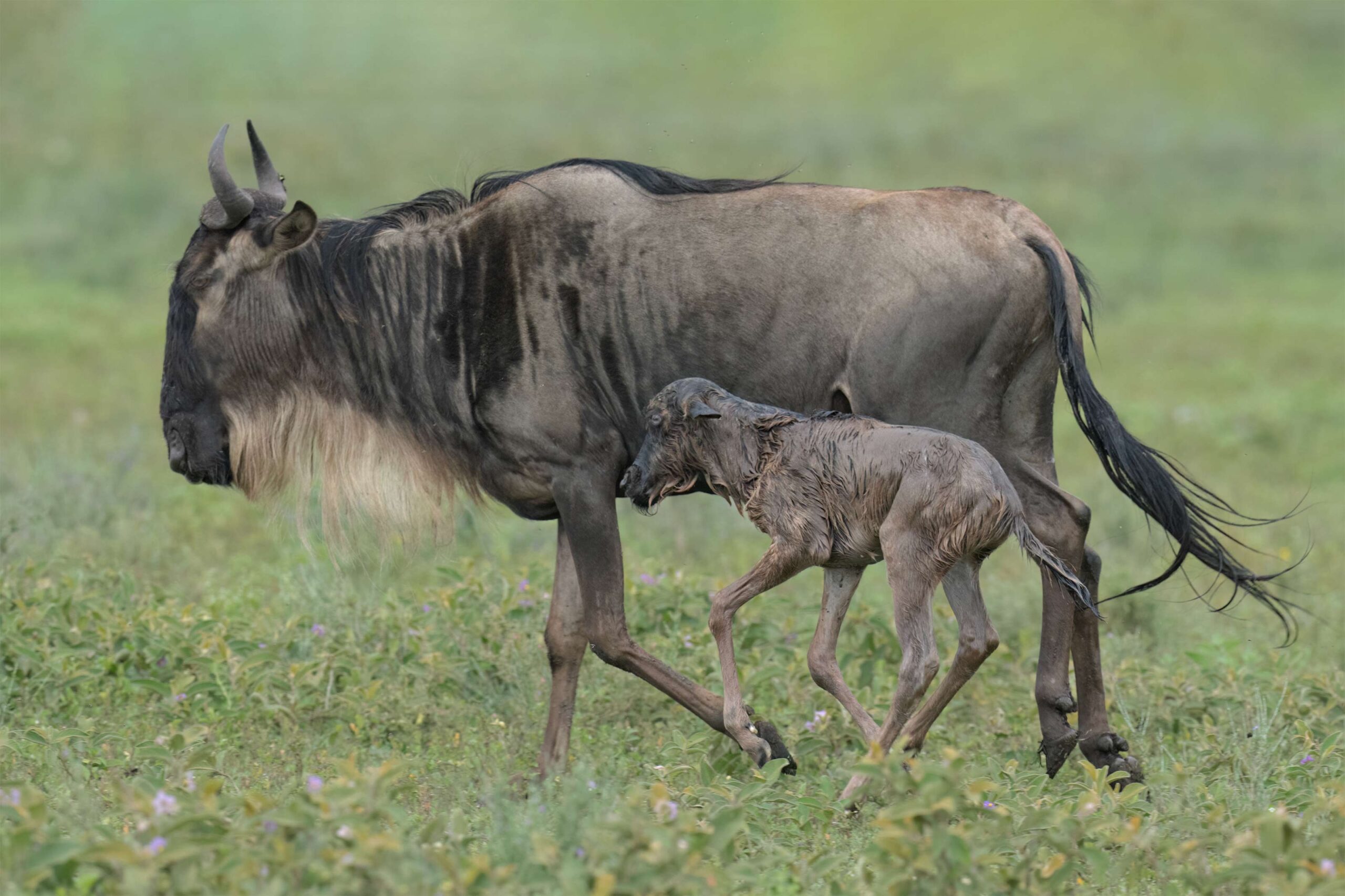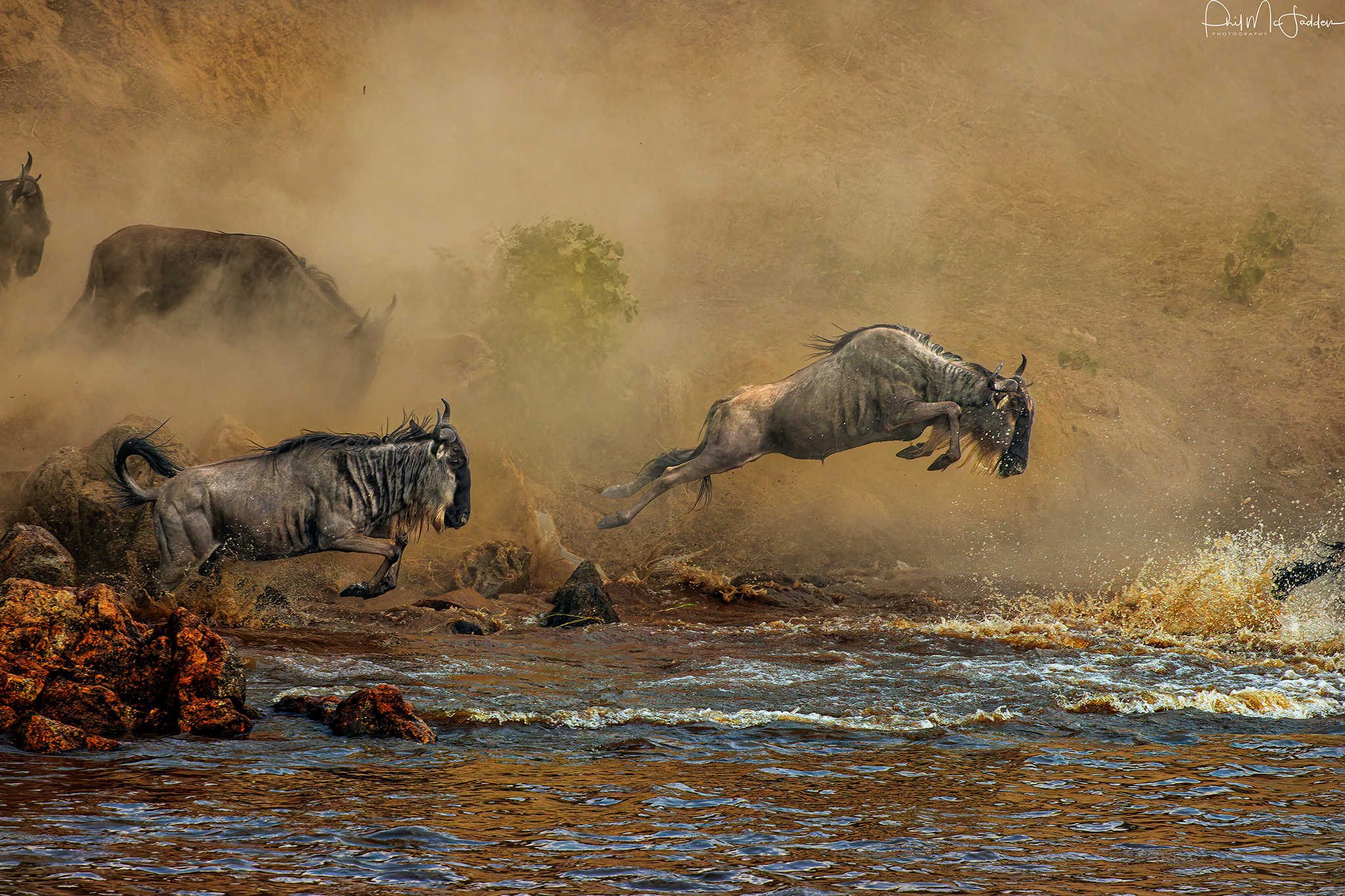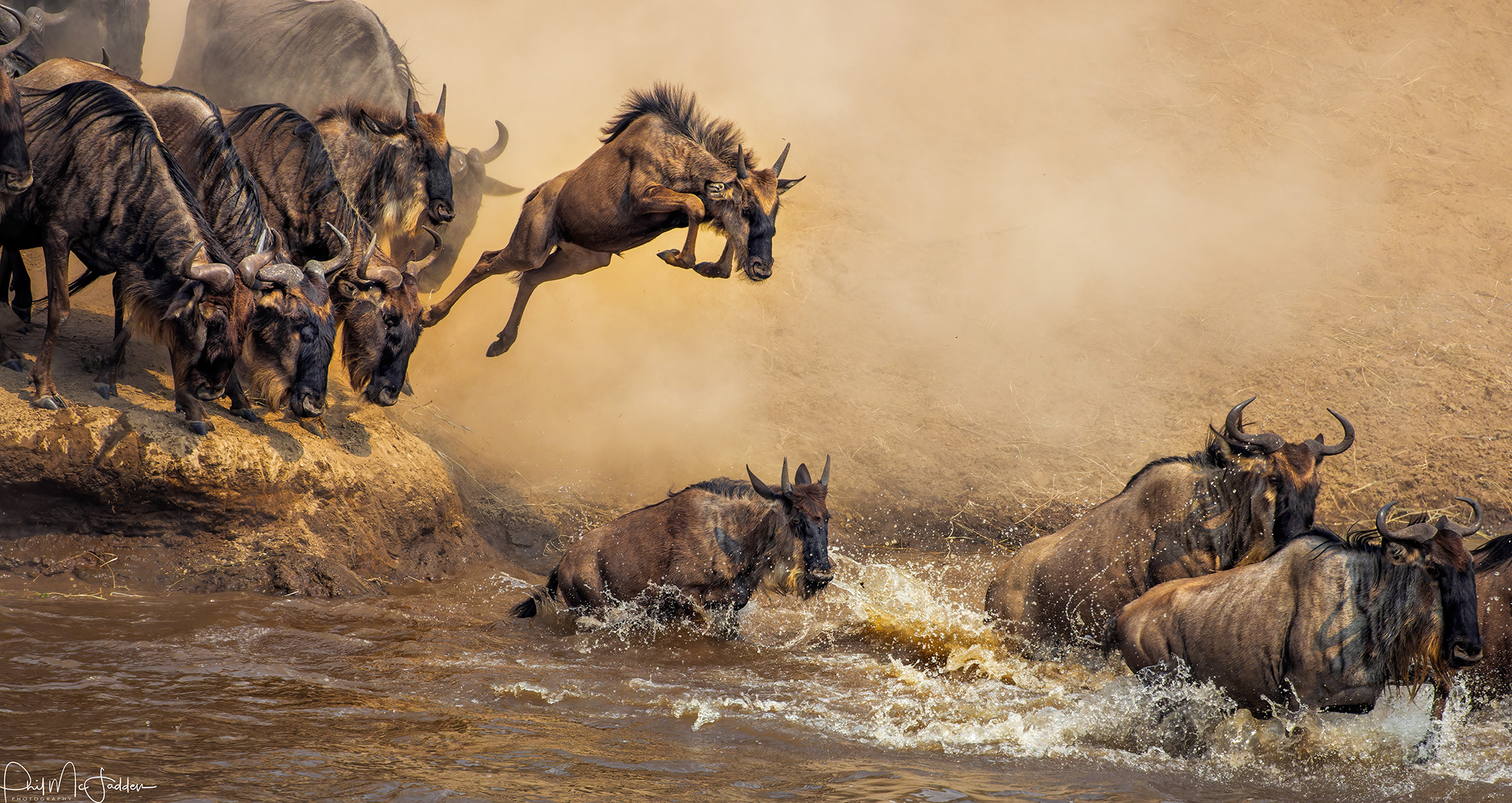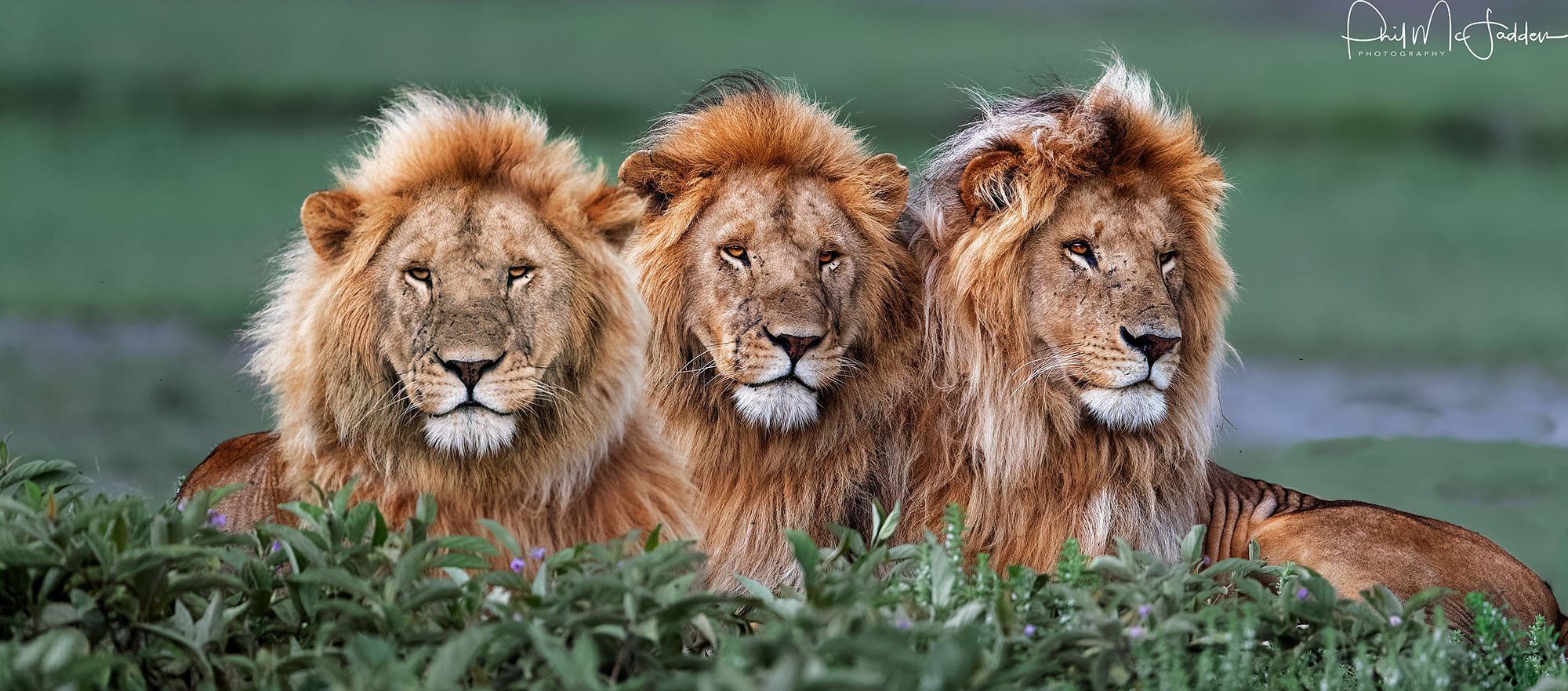Serengeti National Park.
Home to the world's last remaining large mammal migration
Serengeti National Park
Maasai people called this park ‘Siringet’, meaning endless plains. The Serengeti National Park speaks for itself and with good reason not only the migration of over 1 million wildebeest through its plains and woodlands but also unique landscapes and other spectacular wildlife.
The Serengeti is home to the world’s largest populations of Wildebeest, Zebra, Cape Eland, Lion, Cheetah, Hyena and Gazelles. The scenic beauty of the sky with cool nights and warm days makes your visit to this remaining home for great migration of large mammals incredible!
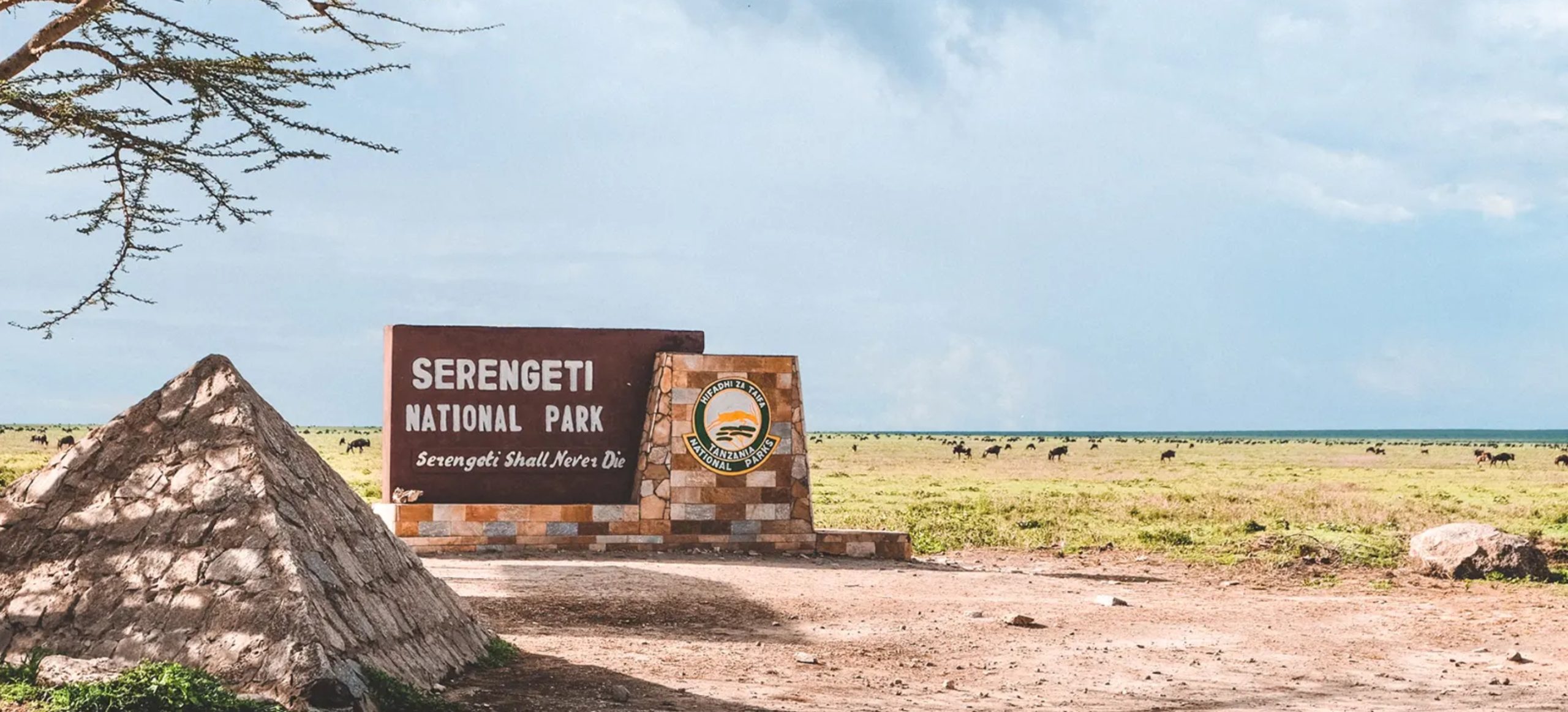
Climate
Climate of the Serengeti National Park is subtropical, with rain season from November to April and dry season from May to October. The park is located at an altitude between 1,100 and 2,000 meters with annual average rainfall ranging from 900 to 1,000 mm.
If you plan to visit during the Great Migration, be sure to book early as our camps and lodges tend to fill up quickly in this period. Best time to visit
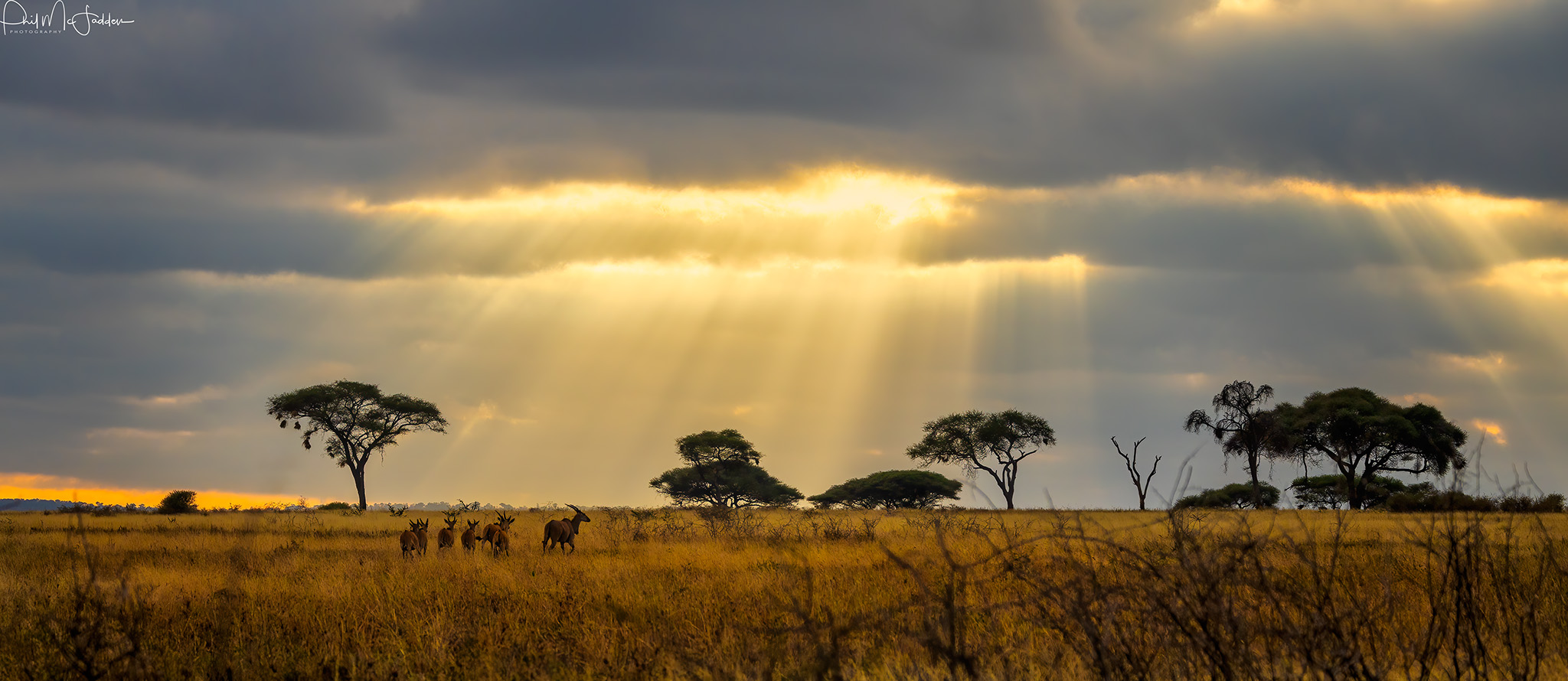
Attraction
The second largest migration of large mammals on the planet comprises a mixed herd of over a million wildebeest, 400 000 zebras, and a variety of antelope such as eland and Thomson’s gazelle. Outside of the migratory periods, the wildlife disperses to mix with other species of herbivores–such as kudu, impala, giraffe, topi, Cape buffalo,
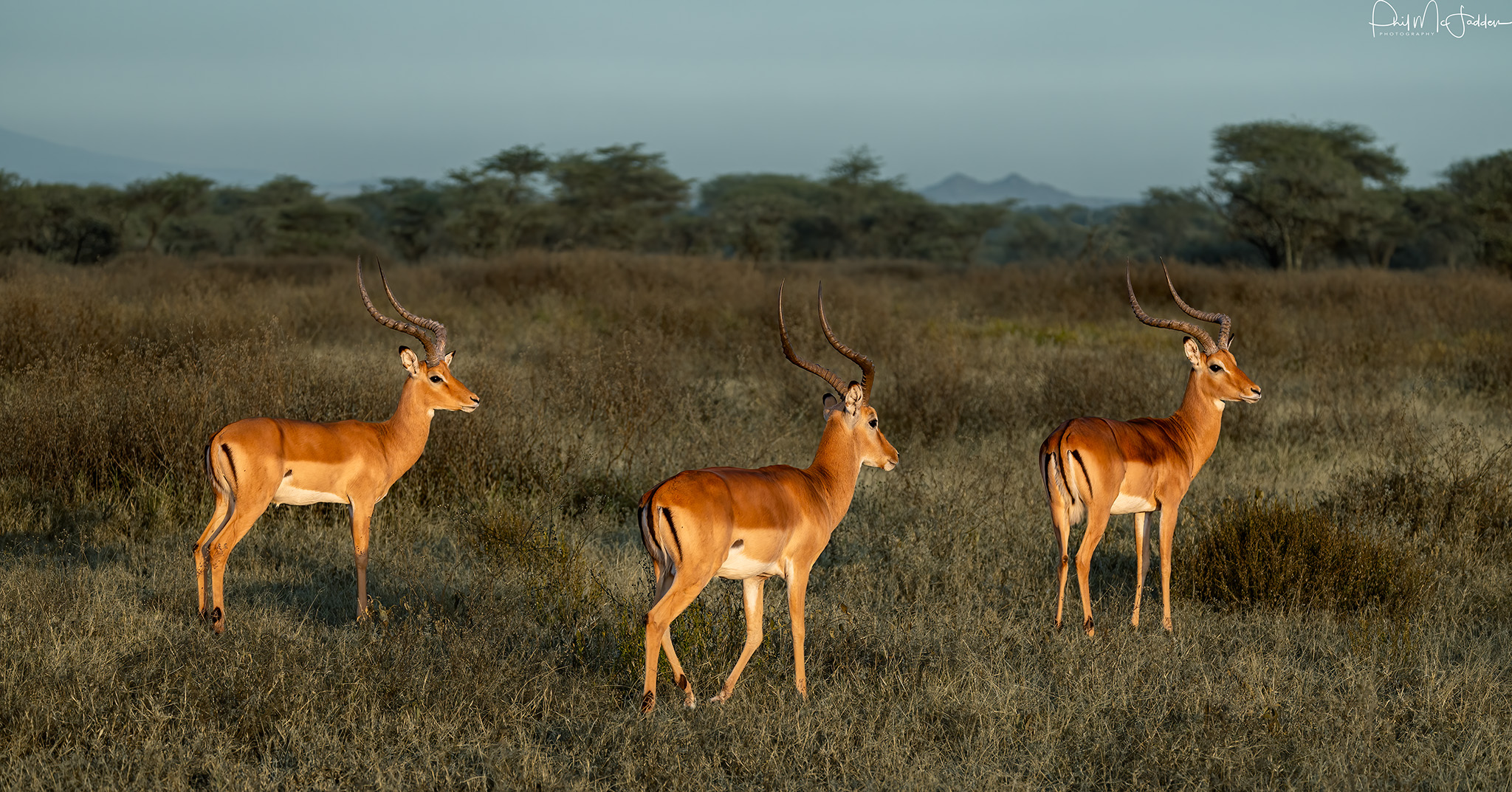
The Great Wildebeest Migration
The Great Wildebeest Migration sees over 1.3 million wildebeest, zebras, and antelopes moving in search of fresh grazing and water. Witnessing this natural spectacle offers a once-in-a-lifetime experience, showcasing the raw beauty and drama of Africa’s wildlife.
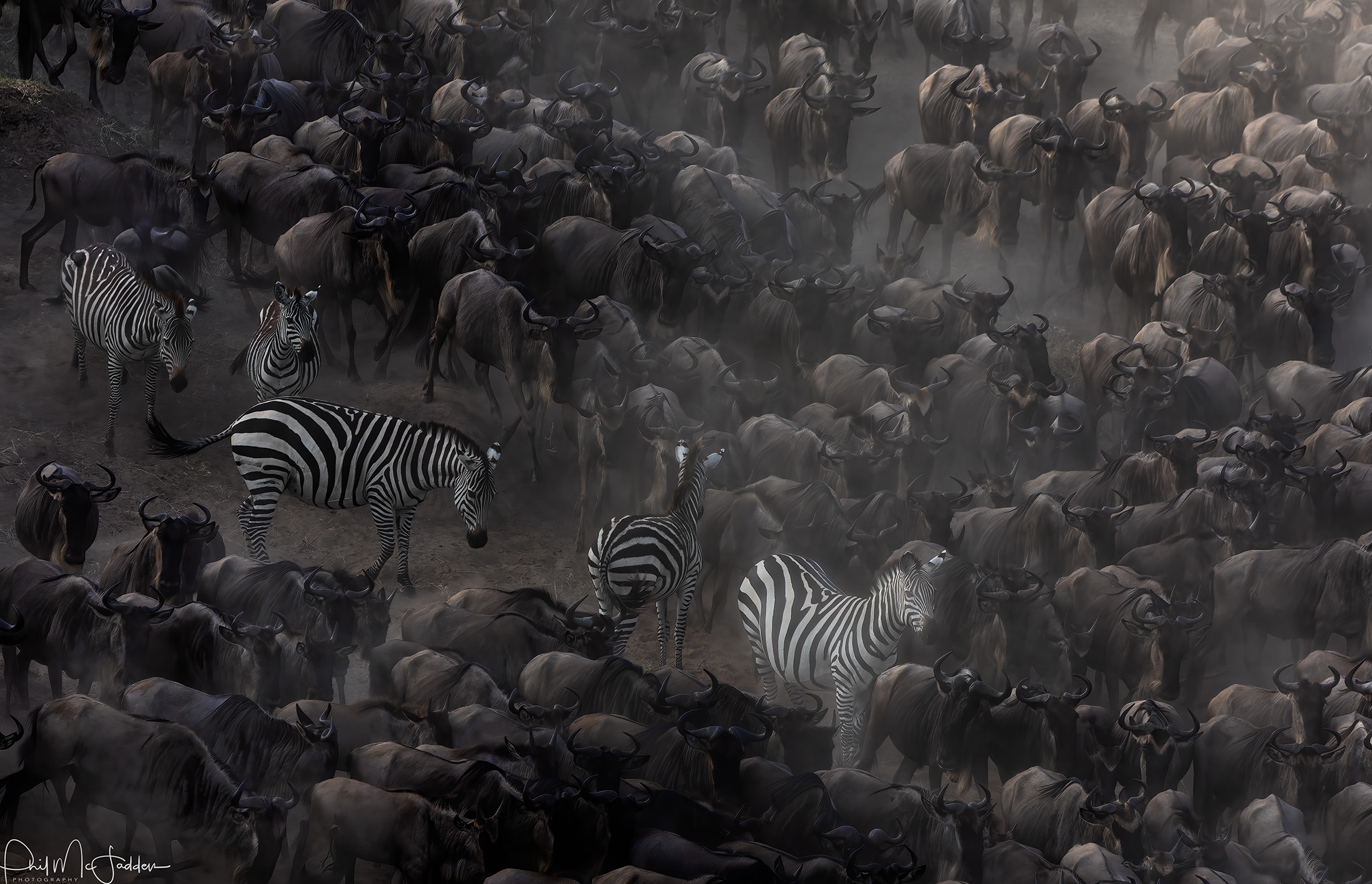
The highest concentration of carnivores
Serengeti boasts the highest concentration of carnivores, including Africa’s big cats—lions, leopards, cheetahs, and spotted hyenas. Witness thrilling hunts and territorial battles in this untamed wilderness. A visit promises unforgettable encounters with nature’s most powerful predators. Plan your adventure today!
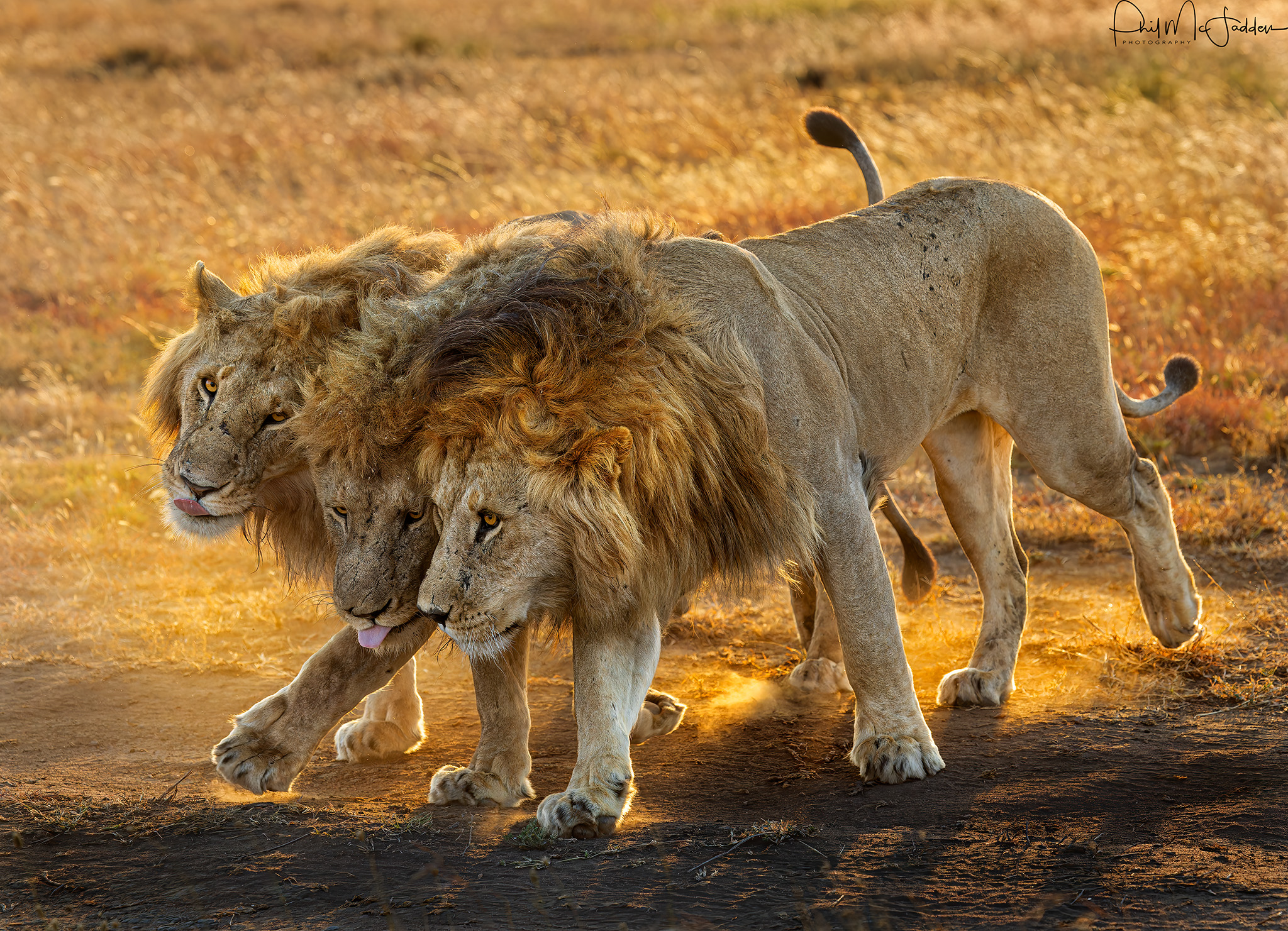
Serengeti Kopjes
Serengeti’s iconic kopjes are ancient rock formations that provide shelter for wildlife, including lions and leopards, while offering breathtaking panoramic views of the vast plains. These rugged outcrops create unique ecosystems, serving as sunbathing spots for big cats and vantage points for predators scouting the savannah. A true Serengeti highlight!
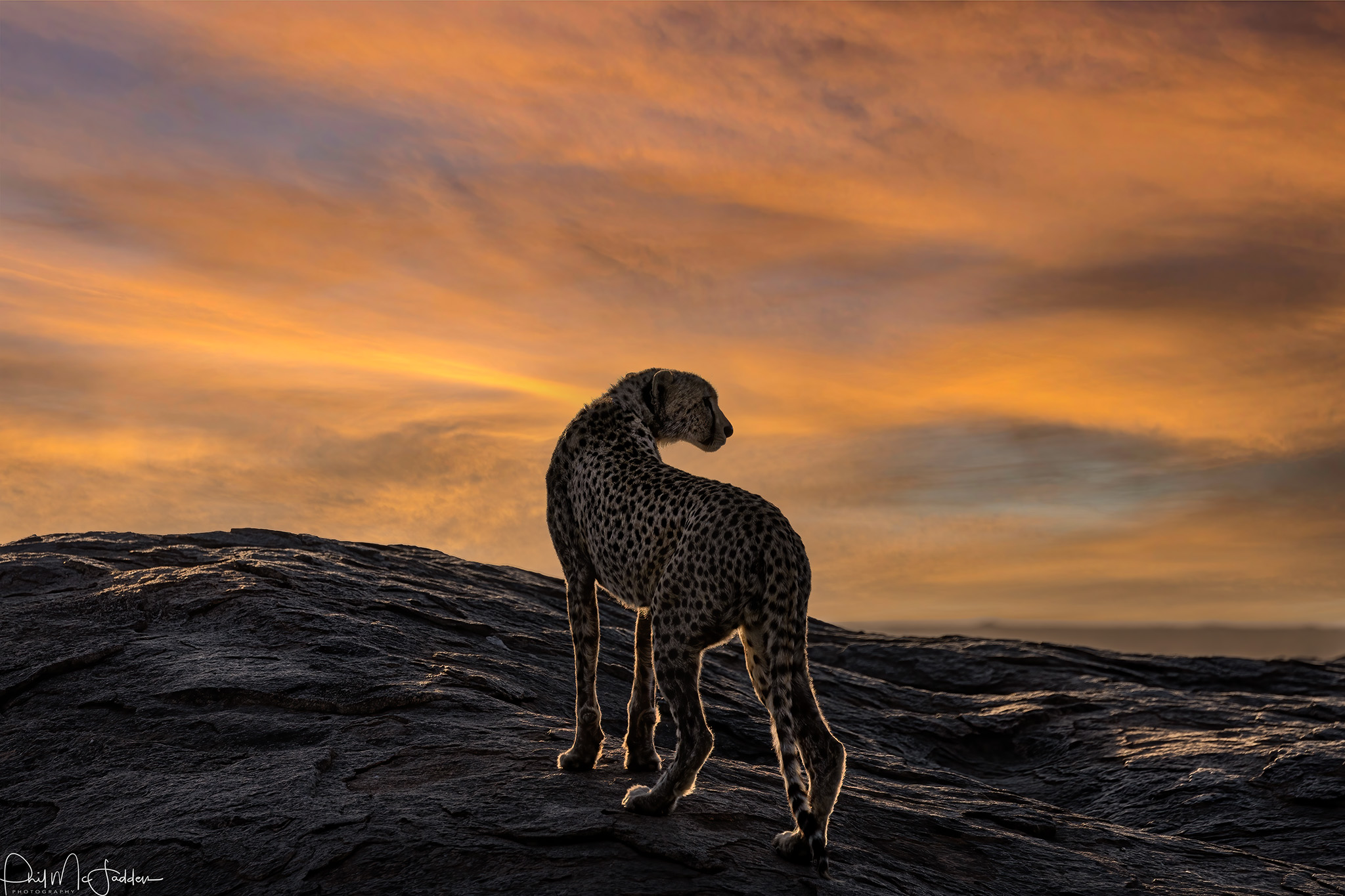
Where You’ll Stay
The following are some of the lodges and tented camps that we recommend in the Serengeti National Park. For information on additional accommodation not featured, please contact us.
The Wildebeest Migration of Serengeti
The Great Migration is an annual journey of over two million wildebeest and 20,000 other animals from Tanzania’s Serengeti to Kenya’s Masai Mara. Driven by seasons, they travel 3,000 km in search of fresh grazing and water. This breathtaking spectacle is a must-see for adventurers, showcasing nature’s raw power and survival instincts in an epic wildlife drama.
The wildebeest migration unfolds in phases throughout the year, beginning with calving in the southern Serengeti near the Ngorongoro Conservation Area. Here, newborn calves take their first steps while predators like lions, cheetahs, and hyenas hunt skillfully. As the herds move north, dramatic scenes unfold at the crocodile-infested Mara River, where thousands brave the treacherous waters. Beyond wildebeest, the Serengeti-Mara ecosystem thrives with zebras, gazelles, impalas, elands, and antelopes, all participating in the great migration’s clockwise journey. This awe-inspiring spectacle showcases nature’s delicate balance, offering an unforgettable adventure filled with breathtaking wildlife encounters and thrilling predator-prey interactions.
Serengeti is divided into unique regions, each offering diverse landscapes and wildlife experiences.
Which includes Southern region or Calving area, the Western Regions Kirawira and Grumeti, Northern Region Kogatende and Mara river, Eastern Region Loliondo reserve and the Central Region Seronera area.
Southern Region.
Calving grounds, vast plains
The Southern Plains of the Serengeti are vast, open grasslands renowned for their breathtaking scenery and abundant wildlife. These nutrient-rich plains provide ideal calving grounds for wildebeest, attracting predators and creating a dynamic ecosystem that defines the Serengeti’s iconic landscape. Best time to visit is between January to March before the migration starting to move north wards.
Seronera Region
Central Serengeti
The Central Seronera is a thriving hub of the Serengeti, featuring nutrient-rich grazing lands that support the park’s highest wildlife density. This region offers exceptional game viewing, with abundant predators, diverse herbivores, and a year-round spectacle of nature’s raw beauty. this part is accessible all the year around.
Seronera, Africa’s Big Cat Capital, is the best Serengeti spot to see elusive leopards and other predators.
Western Region,
Grumeti and Kirawira.
The Western Region, through the Kirawira region, is a prime location for witnessing the first Great Migration river crossing drama, particularly the perilous Grumeti River crossing. Between May and July, wildebeest face swift waters and hungry crocodiles. Outside migration periods, it remains quiet, with diverse habitats and unique wildlife like colobus monkeys and kongoni antelope, making it a distinctive Serengeti destination.
Northern Region.
Mara River, kogatende
The Northern Serengeti is a remote wilderness, home to the crocodile-infested Mara River, where the Great Migration’s most dramatic river crossings unfold. This untamed region offers breathtaking scenes of survival as wildebeest and zebras brave the perilous waters teeming with predators. This corridor more attractive on the month of June to October.
